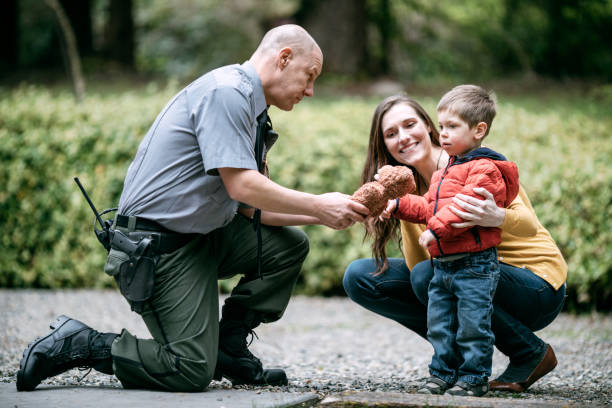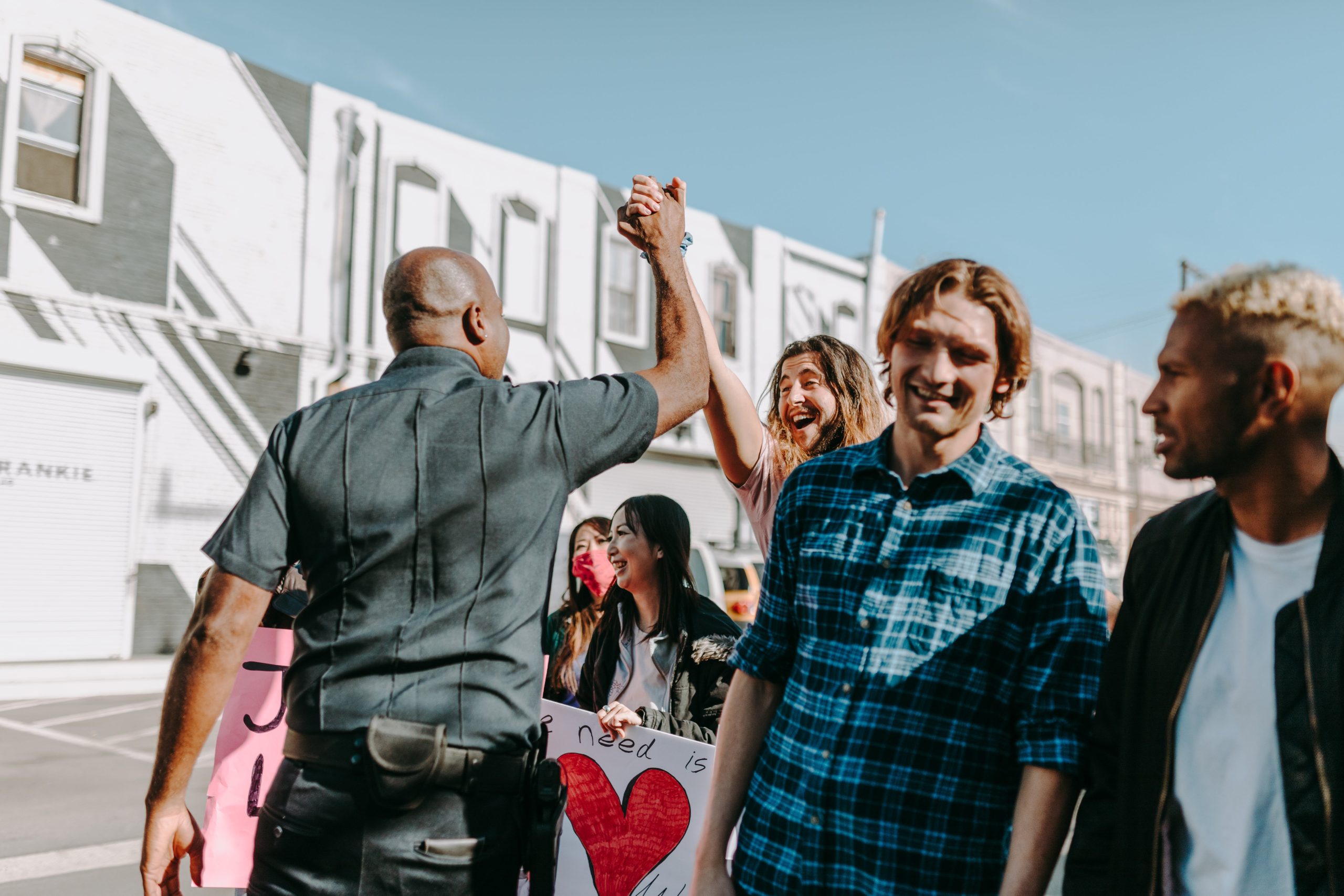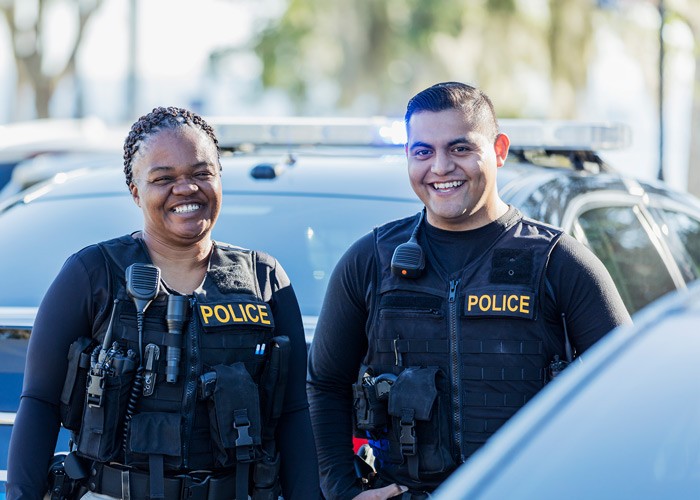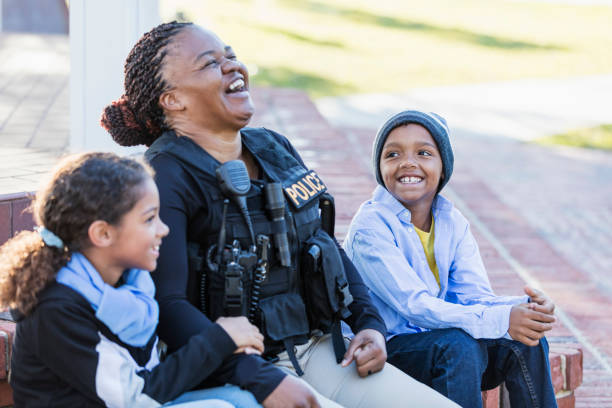Introduction
Police surveys are a valuable tool for law enforcement agencies to gather feedback from community members and improve community relations. When conducted effectively, surveys can provide insight into community members’ perceptions of police and identify areas for improvement. This blog post will discuss the benefits of police surveys and provide sample questions that agencies can include in their surveys.
Benefits of Police Surveys
Police surveys offer several benefits to law enforcement agencies. First, they provide a way for community members to share their experiences and perceptions of police. This information can help agencies identify areas where they need to improve and prioritize their efforts. Second, surveys can help build trust between police and the community by demonstrating that the agency is willing to listen to feedback and make changes based on that feedback. Finally, surveys can help agencies measure the effectiveness of their community engagement efforts over time.
Sample Survey Questions – Community Perceptions of Police
Here are some sample questions that agencies can include in their surveys to gauge community perceptions of police:
1. How would you rate your overall satisfaction with the police department?
2. In your opinion, how responsive are police officers to community concerns?
3. How often have you had positive interactions with police officers?
4. How often have you felt discriminated against by police?
5. How confident are you that police officers treat everyone fairly?
Sample Survey Questions – Community Engagement
Here are some sample questions that agencies can include in their surveys to gauge community engagement:
1. How often do you attend community meetings hosted by the police department?
2. How often do you see police officers walking or biking in your neighborhood?
3. Have you ever participated in a ride-along with a police officer?
4. Do you feel that police officers are accessible to community members?
5. How would you rate the police department’s efforts to engage with the community?
Sample Survey Questions – Safety and Security
Here are some sample questions that agencies can include in their surveys to gauge community perceptions of safety and security:
1. How safe do you feel in your neighborhood?
2. How would you rate the police department’s efforts to prevent crime in your neighborhood?
3. How often do you see police officers patrolling your neighborhood?
4. How effective do you think the police department is at responding to emergencies?
5. How confident are you that police officers can keep your neighborhood safe?
Survey Design Best Practices
When designing a police survey, it’s important to follow best practices to ensure that the results are accurate and actionable. Some best practices include:
1. Keep the survey short and focused on specific topics.
2. Use clear and concise language that is easy for community members to understand.
3. Offer both online and paper versions of the survey to maximize participation.
4. Promote the survey through various channels, such as social media, community meetings, and local news outlets.
5. Ensure that the survey is anonymous to encourage honest feedback.
Analyzing Survey Results
Once the survey is complete, it’s important to analyze the results to identify areas for improvement. Some key metrics to consider include:
1. Overall satisfaction with the police department.
2. Perception of police responsiveness to community concerns.
3. Frequency of positive interactions with police officers.
4. Perception of police fairness and lack of discrimination.
5. Rate of community engagement with the police department.
6. Perception of safety and security in the community.
Taking Action Based on Survey Results
Once the survey results have been analyzed, it’s important to take action to address any areas for improvement. This might include:
1. Increasing community engagement efforts, such as hosting more community meetings or participating in more outreach events.
2. Addressing concerns about discrimination or bias through additional training for officers or changes to policies and procedures.
3. Improving safety and security in the community through increased patrols or more effective emergency response.
Conclusion
Police surveys are a valuable tool for improving community relations and building trust between police and the community. By following best practices and analyzing the survey results, law enforcement agencies can identify areas for improvement and take action to address community concerns.
Section 10: Additional Resources
For more information on police surveys and community engagement, check out the following resources:
Community Policing and Problem-Solving: Strategies and Practices
National Police Foundation: Community Engagement
COPS Office: Community Policing Defined
Officer Survey is an effective way for police departments to gather valuable feedback from the community on the level of service provided by their officers. By utilizing Officer Survey, departments can gain insights into the community’s perception of their officers, identify areas for improvement, and build trust between law enforcement and the communities they serve. Don’t miss out on the opportunity to improve your department’s relationship with the community – take action today and implement Officer Survey.






